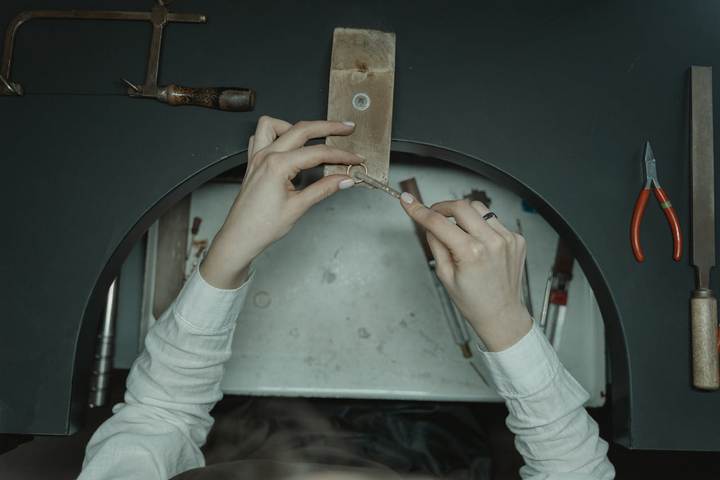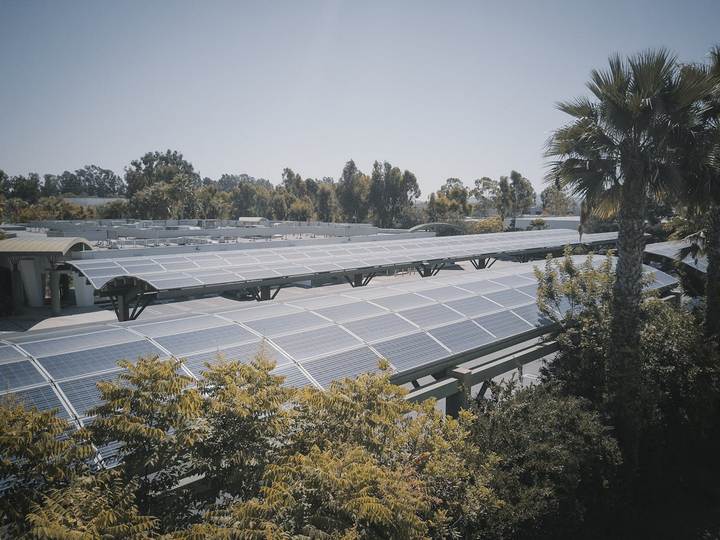Like gold, diamonds have enjoyed a special place in human culture since the first stone was sprung from the earth in India 4,000 years ago, the beginning of our interest in these shiny rocks. Their association with value – the kind that attracts investors looking to store their wealth – keeps the diamond at the forefront of the public’s imagination.

For instance, Quentin Tarantino’s Reservoir Dogs (1992) opens with a diamond heist gone wrong. A similar tale of distrust occupies the cast in A Fish Called Wanda (1988). Again, like gold, diamonds are a popular motif in casino gaming. The Blueprint slot Super Diamond Deluxe depicts diamonds across its five reels, alongside emeralds, sapphires, and rubies.
Yet, on the high streets, the lustre seems to be fading from the diamond. “Millennials don’t want diamonds”, CNBC summarised back in 2017. Some of this worry stems from the group’s reluctance to marry – and choosing other stones when they do. A prevailing belief that millennials prefer experiences over physical things seems to be keeping the diamond down, too.
Nuclear Batteries
They aren’t out yet. While young people might not want to fork out hundreds for finger furniture, scientists keep inventing new ways to keep the diamond interesting. Drillers and DIY enthusiasts will have experience with diamond-tipped tools, made for the first time in 1862 by J.R. Leschot, a Swiss engineer. Diamonds are also favoured in equipment for audiophiles.
Two new applications for the stone will colour the diamond’s near future at least. These are nuclear batteries and a fresh way of dealing with climate change.
In the former case, researchers at the University of Bristol revealed a method common to solar panels could keep a battery going for “thousands of years”. By placing radioactive carbon-14 inside a diamond shell, energy could be created from electrons excited by the radiation. This doesn’t require any moving parts, unlike coal-fired generation.

Whether this kind of technology could find its way into household appliances is debatable but it has clear applications for spacefaring. In 2018, the Martian rover Opportunity famously ‘died’ after it was overcome by a dust storm, covering its solar panels. It was finally abandoned by NASA in February 2019. In theory, keeping the power on wouldn’t be such an issue with a nuclear battery.
Diamond Dust
Our second, potential use for diamonds lacks the subtlety of the first – and costs the GDP of several major powers. The idea is simple – fill the atmosphere with diamond dust. Published in Geophysical Research Letters, the study proposes blasting the stratosphere with 5m tons of shiny powder each year. This could cool the earth by 1.6ºC.
It’s almost too expensive to fathom, coming in at US$200trn, but the research is based on sound principles, imitating natural processes. When the volcano Krakatau erupted in 1883, it ejected six cubic miles of debris into the atmosphere, changing the climate all around the world. If scientists could replicate this event with ‘friendlier’ materials, they could arrest climate change in just a few years.
Diamonds might not be in vogue as jewellery anymore, but interest from the scientific world is high.

